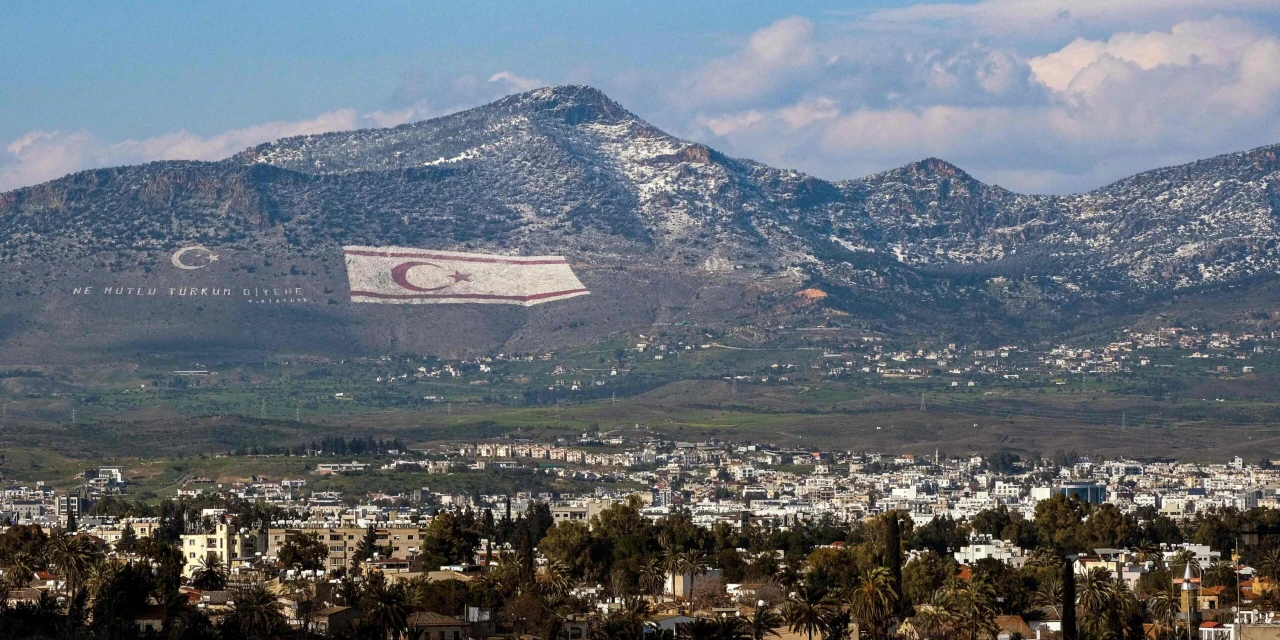Prinkipo Greek Orthodox Orphanage: Secret gem on Istanbul’s Buyukada
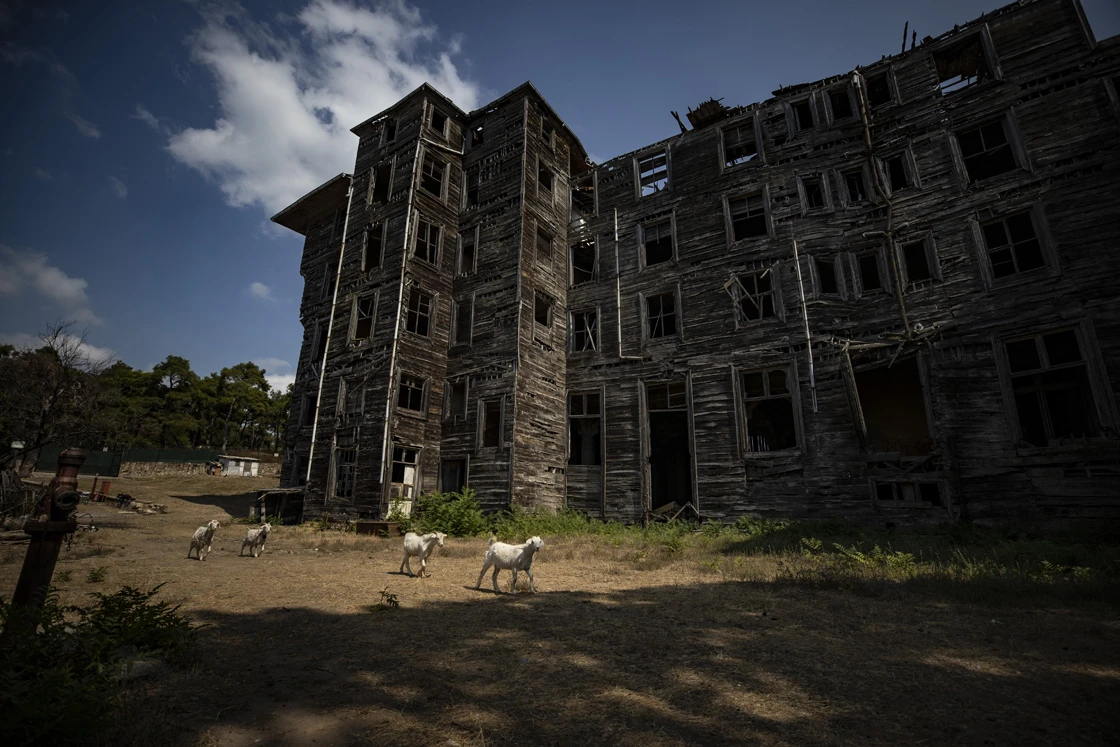 Goats wander around the crumbling facade of the Prinkipo Greek Orthodox Orphanage, Istanbul, Türkiye, August 26, 2021. (AA Photo)
Goats wander around the crumbling facade of the Prinkipo Greek Orthodox Orphanage, Istanbul, Türkiye, August 26, 2021. (AA Photo)
The Prinkipo Greek Orthodox Orphanage on Buyukada, one of Istanbul’s Princes’ Islands, is a remarkable example of cultural and architectural heritage.
Designed by French-Ottoman architect Alexandre Vallaury in 1898, the building was originally intended to be a luxury hotel and casino. However, when Sultan Abdul Hamid II declined to grant the necessary permits, the ambitious project was abandoned.
In 1903, Eleni Zarifi, the wife of a prominent Greek banker, purchased the building and donated it to the Ecumenical Patriarchate of Constantinople. The orphanage soon became a sanctuary for thousands of Greek children, providing them with shelter and education.
For over six decades, the orphanage served as a place of hope and opportunity. But the institution’s operations came to an abrupt end in 1964, amid rising political tensions. This marked the beginning of a long period of neglect and decay for the building.
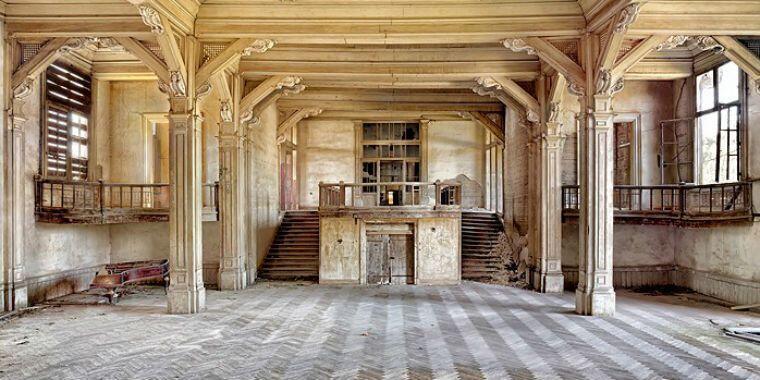
Cultural, educational role of Prinkipo Orphanage of Buyukada
The orphanage’s impact extended far beyond providing basic needs. It played a crucial role in educating and empowering Greek orphans, equipping them with both academic knowledge and practical skills.
The curriculum included traditional subjects, along with vocational training in trades like tailoring, carpentry, and metalworking. This comprehensive education helped the children integrate into society and become self-sufficient.
Patriarch Joachim III’s efforts in securing the property for the Greek Orthodox community reflected the importance of this institution as a beacon of cultural preservation and support. The orphanage both safeguarded the children’s well-being and helped maintain the cultural identity of the Greek community in Istanbul during a challenging era.
Although the orphanage has been closed for many years, its legacy endures. The Ecumenical Patriarchate regained legal ownership of the property in 2010, following a European Court of Human Rights ruling. This decision was a significant step toward preserving this important piece of history. However, the building’s deteriorating condition poses a serious threat to its survival.
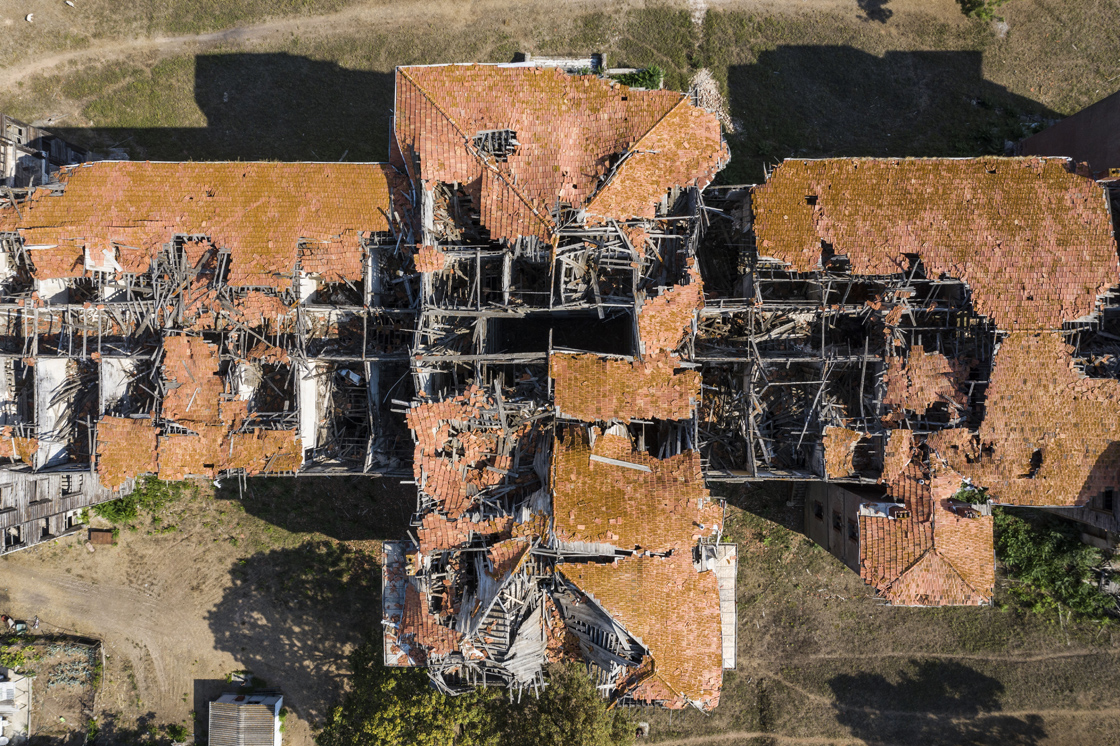
Restoration efforts aim to protect Buyukada’s Prinkipo Greek Orthodox Orphanage
Today, the Prinkipo Orphanage in Istanbul is recognized as one of the most endangered heritage sites in Europe. The building, which has stood empty for more than half a century, requires extensive restoration work. The Ecumenical Patriarchate, along with international organizations like Europa Nostra, has initiated a comprehensive restoration project, estimated to cost around $50 million.
Laki Vingas, the project coordinator, has emphasized the importance of the restoration effort. “We want to protect both culture and architecture,” he said, stressing the project’s commitment to preserving the building in a way that respects its historical and natural surroundings. The first phase of the project will focus on stabilizing the structure and preventing further damage.
The restoration involves a multidisciplinary team of architects, engineers, and historians working together to save this unique wooden building. While the financial and logistical challenges are significant, there is a shared belief that the orphanage can once again become a vibrant part of the community, serving as a center for cultural activities and dialogue.
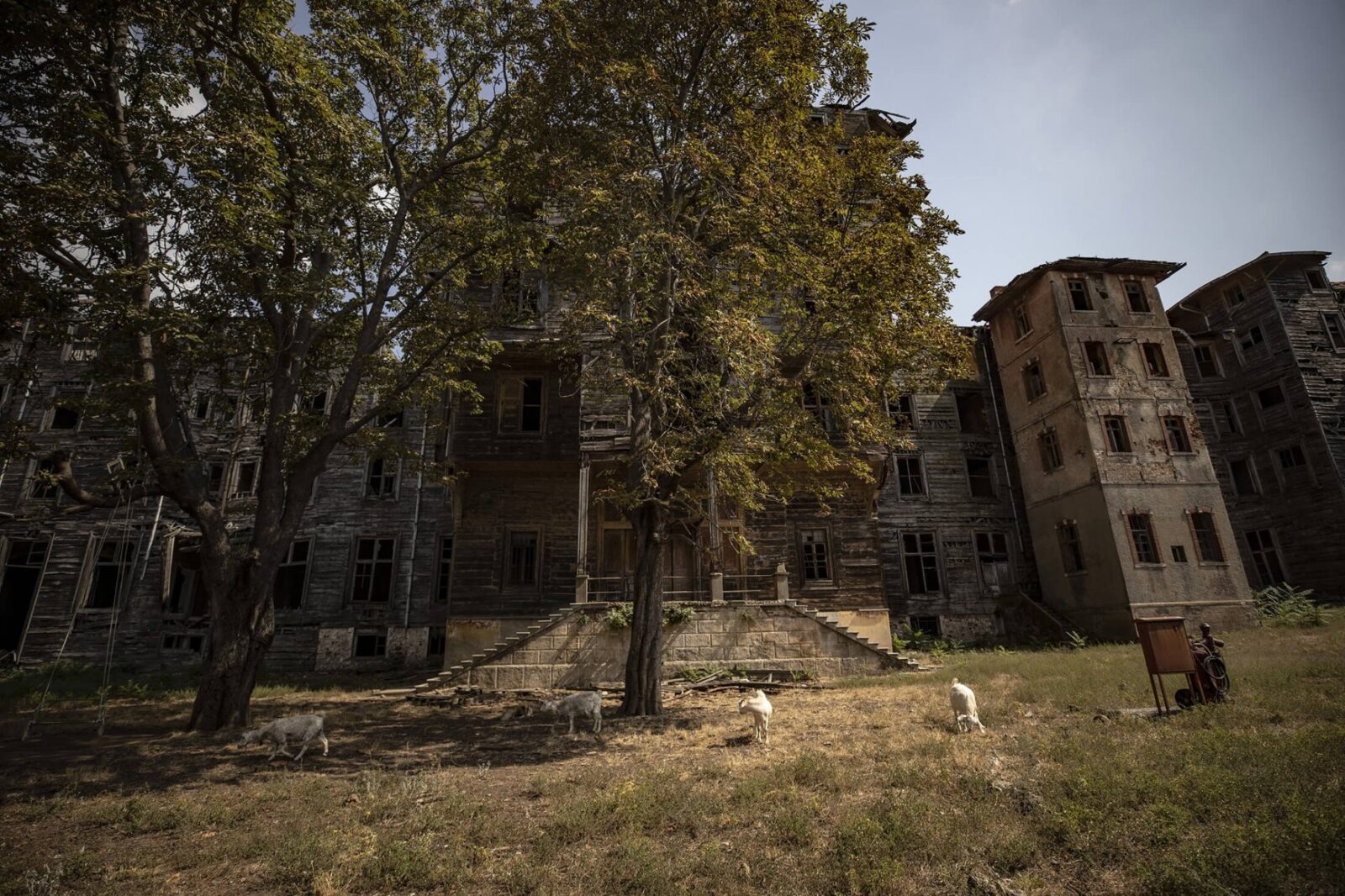
Visiting Buyukada’s Prinkipo Orphanage in Istanbul today
Visitors to Buyukada can view the orphanage from outside its protective fences. The building is located on a hilltop in the center of the island and is surrounded by a high fence due to safety concerns.
Although entry is not allowed, the orphanage’s imposing presence still draws visitors who want to catch a glimpse of this historic structure. Walking around the perimeter, one can see the grandeur that the building once embodied.
Despite the visible decay, the orphanage stands as a powerful reminder of its past role in the community. The hope is that, with continued efforts, the restoration project will allow future generations to connect with this important cultural and historical site.
